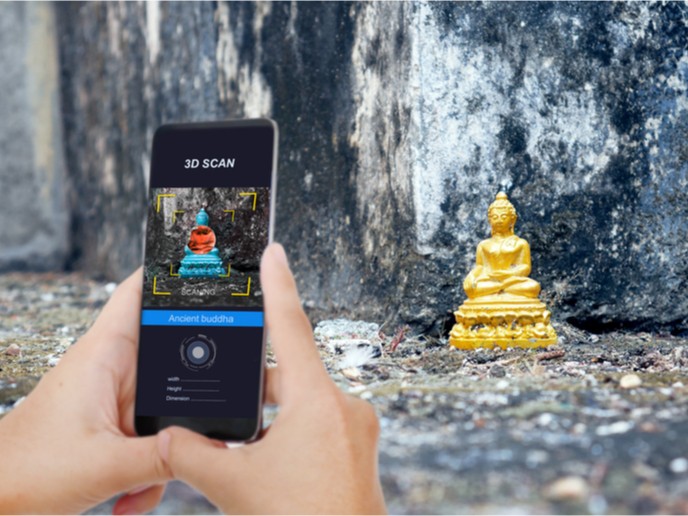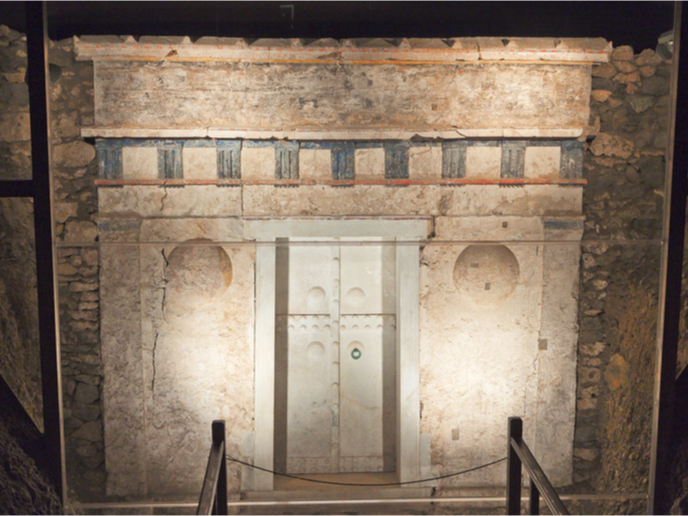Virtual environment enhances interdisciplinary collaboration in design and construction of complex architectural projects
The architectural design process is marked by intricate challenges owing to the ‘parallel worlds’ phenomenon, where architects, structural, mechanical, electrical and plumbing engineers work together in a project, each with distinct requirements and roles. To effectively bring an architectural project to completion, it is crucial to establish strong collaboration and bridge the gaps between these different realms. This calls for a versatile, interdisciplinary tool that caters to the different needs of each discipline while enabling professionals to work on the same project simultaneously. Current solutions, though adept at modelling complex and creative designs, often prioritise aesthetics over functionality, limiting the potential of virtual reality solutions.
A prismatic approach enabling better decision-making
“The goal of the EU-funded PrismArch(opens in new window) project was to facilitate a prismatic decomposition of architecture, engineering and construction (AEC) projects, enabling professionals from different disciplines to comprehend how their decisions impact the overall project,” notes project coordinator Spiros Nikolopoulos. To achieve this, researchers developed a groundbreaking platform integrating various domains such as virtual reality, computer graphics, machine learning, computational physics and cognitive science into a common workspace. The result is a multi-layered virtual workspace where professionals from various disciplines can dynamically collaborate on complex projects.
Immersive collaboration in action
Picture this: an architect steps into a virtual reality environment and begins designing a building exterior, while the structural engineer simultaneously works on optimising the supporting framework. Meanwhile, a team of mechanical engineers focuses on the details of the electrical and plumbing systems. All of this takes place within the same virtual space, allowing for unparalleled synergy and real-time feedback. To make this vision a reality, PrismArch harnessed the power of Unreal Engine, a 3D creation tool, offering an immersive virtual reality experience that supports advanced simulations and avatar-based multi-presence communication. As the project progressed, PrismArch extended the open-source version of the Speckle platform(opens in new window) to interconnect popular professional software applications with the PrismArch virtual reality platform. “PrismArch offers solutions to log all actions taken during the project development process, enabling traceability and accountability of all decisions and supporting the golden thread principle,” remarks Nikolopoulos. “The platform integrates sphering levels to regulate user roles, manage access control and ensure privacy jurisdiction – a crucial aspect in an interconnected collaborative workspace.”
Artificial intelligence assistance and open data for seamless collaboration
Project achievements do not end here. “PrismArch goes beyond traditional design methods by incorporating content generation assisted by artificial intelligence to provide users with tailored design solutions during the conceptual design stage and personalised suggestions based on user behaviour patterns,” states Nikolopoulos. PrismArch also conducted cognition and usability studies in design environments aided by virtual reality, resulting in 83 guidelines covering various aspects of design, user experience, interactivity and collaboration. Ultimately, evaluation sessions were held to gather feedback on the PrismArch platform prototype. Overall, PrismArch aspired to revolutionise the AEC industry by fostering immersive multi-disciplinary collaboration. “PrismArch provides a virtual reality platform where aesthetics, simulation models and meta-information are contextually and comprehensively presented,” notes Nikolopoulos. “This should enable seamless design manipulation and precise evaluation of new design choices in a collaborative environment.”







